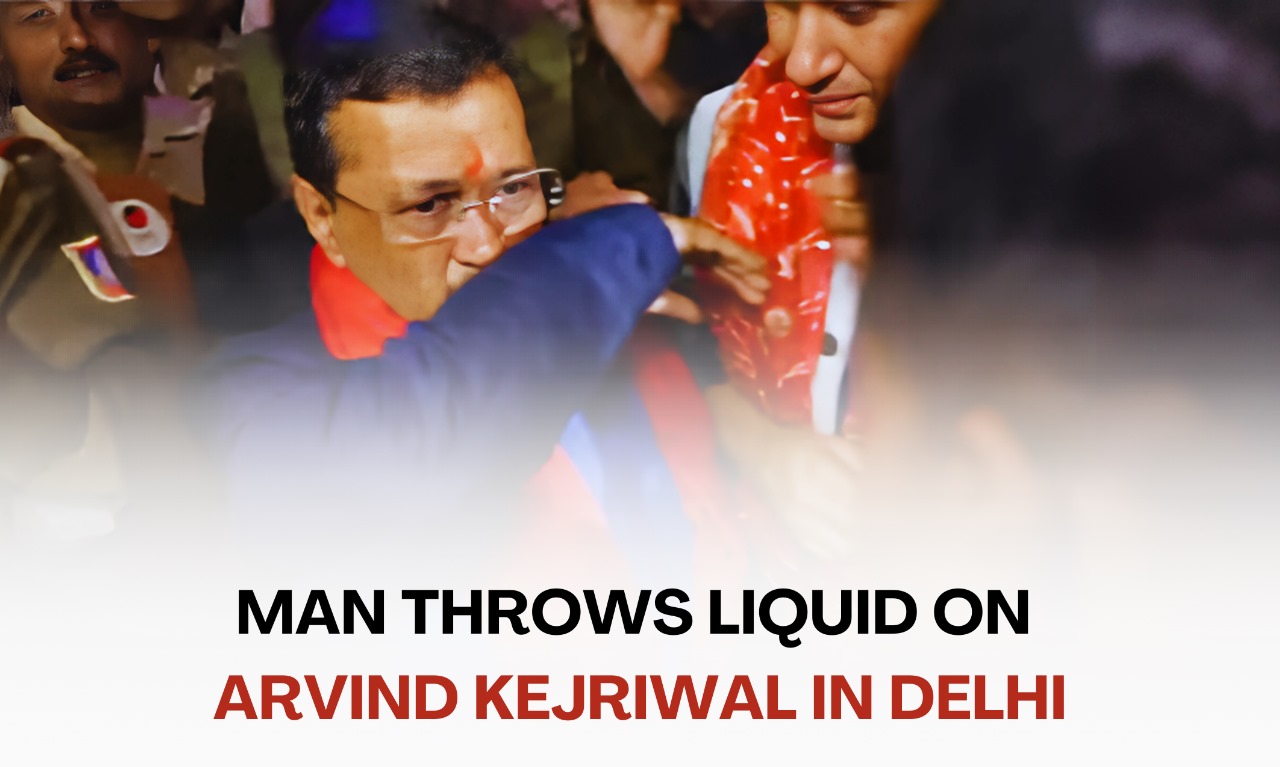Digital Payments To Be The New Trend For Businesses

Background:-
- Digital Payments To Be The New Trend For Businesses
- On 8 November 2016, The Indian government announced the momentous ‘demonetization’ of all INR 500 and INR 1,000 currency notes.
- The reasons cited then included curbing black money, elimination of fake currency and reducing cash circulation in the economy as it is directly related to corruption in India.
- Digital payments witnessed a massive growth post demonetization, especially with the government and the banking regulator’s attempt to make India a ‘less-cash economy’.
- Before Demonetization, debit cards were mainly used to withdraw cash from ATMs but immediately after the note ban there was a surge in debit card payment at merchants.
- Use of prepaid payment instruments such as wallets and Unified Payments Interface (UPI), and mobile banking, picked up rapidly post demonetization. Other platforms such as utilities payment portal Bharat Bill Payment System (BBPS), also developed by National Payments Corporation of India (NPCI), were launched to make payments simple, hassle-free and mobile friendly.
- Reserve Bank of India (RBI) data shows that electronic transactions through debit cards, mobile wallets and Unified Payment Interface (UPI) have more than tripled from what it was before demonetization.
- Transactions through debit card at point of sale (POS) terminals and m-wallets increased by 134% and 163%, respectively, between October 2016 and December 2016.
- Of course, the reason for this jump was that people had no other choice for transactions as they struggled with long queues at ATMs and the restrictions placed by RBI on withdrawal limit. The government’s move to scrap currency encouraged adoption of digital payments.
Linkages:-

Current Situation:-
- Despite an increase in the number of digital transactions in the past few years retail digital payments have seen a dip in April 2021, after the rise in Covid infections that has resulted in lockdown-like situations in many parts of the country.
- Unified Payments Interface (UPI), the flagship payments platform of the National Payments Corporation of India (NPCI), saw a 4.3 per cent dip in transaction volume and a 2.22 per cent dip in transaction value.
- Similarly, Immediate Payment Service (IMPS) saw an 11 per cent drop in transaction volume and an 8 per cent drop in transaction value. Due to localized lockdowns, FASTAG also witnessed a 15 per cent drop in transactions volume and a 10 per cent dip in value.
- On the other hand, with banks working with limited capacity, retail stores are also looking at online payments because of their limited options to deposit cash in their banks regularly.
- However, the dip seen in April this year is as bad as last year. The adverse effects of the COVID-19 pandemic are trickling down to major sectors of the Indian economy, with manufacturing, auto, retail, aviation and hospitality bearing the brunt of the lockdown.
- Shut shops, travel bans and reduced discretionary spends by consumers (on dining out, movies and entertainment and so on) are further negatively impacting digital payments. This is mainly because people are now spending only on essentials.
Impact:-
- Despite a drop in the UPI transactions in the past few months the transactions have grown over years on the back of the government promoted BHIM and third-party apps like PhonePe and Paytm, UPI cornered sizeable pie of overall P2P, recharge and bill payments market in FY18.
- During FY19, UPI clocked 5.39 billion (5391.52 million) transactions amounting to Rs 8,76,970.72 crore (or Rs 8.76 trillion).
- The big takeaway: –
- 490% growth in volume and 700% growth in terms of value. UPI provides a lot of convenience to customers, as well as merchants.
- Walmart-backed PhonePe has, once again, emerged the top Unified Payment Interface (UPI) app in January, with 968.72 million transactions worth Rs 1.91 trillion, accounting for 42 per cent of the UPI market alone.
- Be it person-to-person or person-to-merchant, UPI arrived with the objective of making digital payments simple and accessible to all and it has, to a great extent, been successful in driving India toward a ‘less-cash’ economy.
- Traits like instant notification of payments, simple authentication, real-time tracking, high-volume retail payments, and zero charges make UPI a perfect payment platform for all sizes of businesses.
- Whether you operate a retail shop or run an eCommerce business, UPI as a payment method is exactly right for your evolving business needs.
- It helps merchants offer a simplified payment experience to their consumers while managing digital payments efficiently and hassle-free via UPI-enabled applications.
- Besides, they do not require any extra physical set up to avail the benefits of this disruptive payments platform.
- When one has to talk about the impact of such a event he has to keep in mind how enormous impact digital payments can make on the way transactions have been carried out. Digital payments have created an ease and has also formalized the transaction structure bringing in transparency and liquidity into the system.
-Content Contributed by Viraj Shetty









